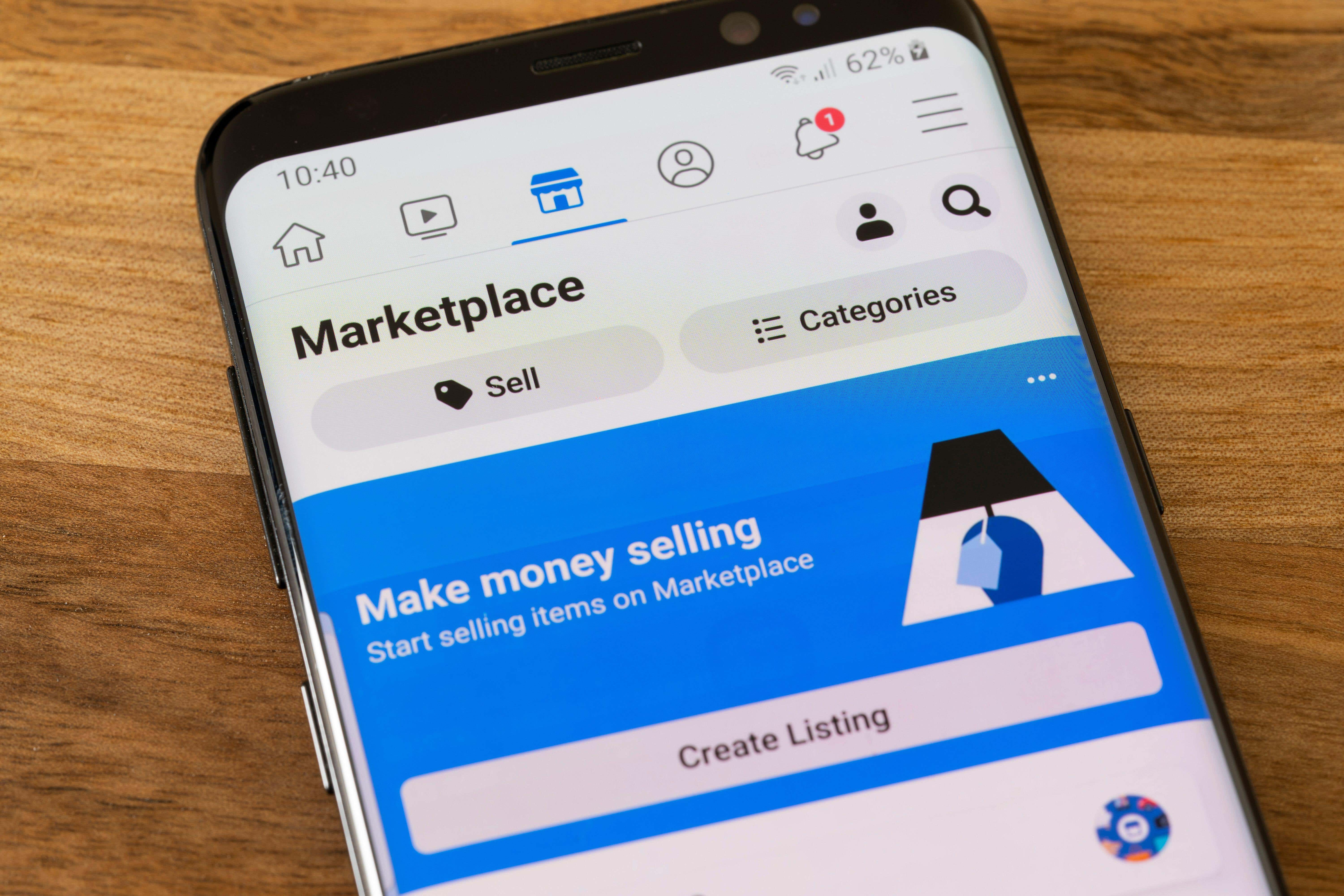TSB has been refunding fraud victims for five years – it’s time for others to follow our lead
TSB has reimbursed 97 per cent of customers who have fallen prey to online scams, writes its CEO Robin Bulloch. But the majority start on social platforms – so it’s high time that tech firms step up to protect their customers

The fraud committed online against people is beyond contempt. I was horrified when one of our customers lost more than £4,000 to a fraudster who impersonated a stonemason when she was ordering a gravestone to commemorate the tragic loss of her son. She was a victim of Facebook Marketplace fraud at a time when she was particularly vulnerable.
As chief executive officer of TSB, I’m pleased to say we refunded her money. It is these kinds of cases that have led us to be an industry leader when it comes to fraud, compensating customers who are innocent victims and using our experience to help police track down criminals.
We regularly read reports where banks have failed to provide the expected level of service, and the industry must always learn from these, but there are also significant instances where banks set new higher standards for protecting customers.
When I joined TSB in 2019, it had just launched the first Fraud Refund Guarantee scheme. Given the cynicism towards banks, this move was praised and criticised by the media in equal measure, with many influencers taking time to come around to the notion that a bank would do this for its customers, particularly those that are vulnerable and perhaps most susceptible.
Take another example of one of our older customers from Peterborough. He received a call from what looked like his bank to tell him that his account had been scammed. The criminal persuaded him that funds needed to be transferred to a “safe account”. Naturally concerned, he followed their advice – transferring nearly £6,000 of his life savings into this account. When the con artist demanded more information, the customer became suspicious and contacted TSB. We were able to refund him in full.
In another case, a customer in Gloucestershire was contacted on WhatsApp by someone she thought was her daughter requesting urgent funds – a growing impersonation scam that has conned many victims. Thankfully, we spotted the attempted payments out of her account and immediately stopped these.
Sadly, these cases are far from unique. When we launched our guarantee, the average refund rate among banks for fraud was just 19 per cent. Over the past five years, TSB has refunded 97 per cent of all customers who have fallen victim to fraudsters. We’ve been there for thousands of customers left devastated by heartless romance scams and cruel investment fraud, as well as the rising numbers falling victim to costly impersonation scams and purchase fraud.
And, as fraud has grown in volume and sophistication, the government, regulators and other banks have moved towards this model of greater customer protection, culminating in its inclusion in last year’s Financial Services and Markets Act. This means fraud reimbursement will be consistently applied across the industry by the end of this year. Recent evidence shared with the Treasury select committee indicates this is now happening and bigger banks are compensating customers at similar levels.
This is good news, and it is right that the banking industry is doing more. But the majority of fraud starts online, specifically on social media, and it is high time that tech firms step up to protect people using their sites.
Our latest data shows that more than 60 per cent of all authorised push payment fraud starts on social forums, with Facebook Marketplace the biggest driver, where criminals falsely list items for sale that never arrive.
In October, I met with the European head of Meta, which operates Facebook, Instagram and WhatsApp, and set out the evidence of where our customers are the victims of fraudsters on their platforms. We shared individual stories, highlighting both the economic and emotional impact of what fraud can do to innocent consumers – and to show just how low criminals willing to stoop.
It was a good discussion, but I was struck by how these fast-growing young industries have much less regulatory scrutiny and seem far more removed from their customers than I see in retail banking. And the recent focus on fake news and conspiracy theories has raised even more questions about how the tech sector is governed.
In the coming months, we hope to see details of the impact of the commitments by Meta and other tech companies in the voluntary Online Fraud Charter, announced by the home secretary last November. To make a meaningful difference, as we did five years ago, this should set out how the social media platforms will strengthen customer protection, incentivised by how they will contribute to any financial loss by customers targeted on their platforms.
Throughout my career, I’ve observed that economic growth and customer confidence may not be directly linked, but appear to work hand in hand. So, whichever industry we belong to, whatever size of business we run and however long it has been around, business leaders must strive to be both innovative and responsible to tackle common threats and, in doing so, truly demonstrate that they are on the side of their customers.
Robin Bulloch was appointed TSB’s chief executive in 2022






Join our commenting forum
Join thought-provoking conversations, follow other Independent readers and see their replies
Comments